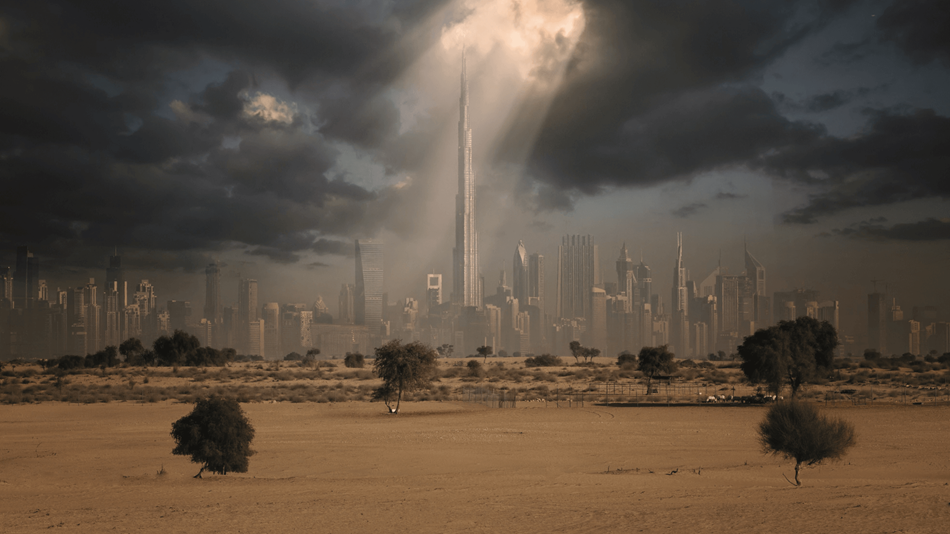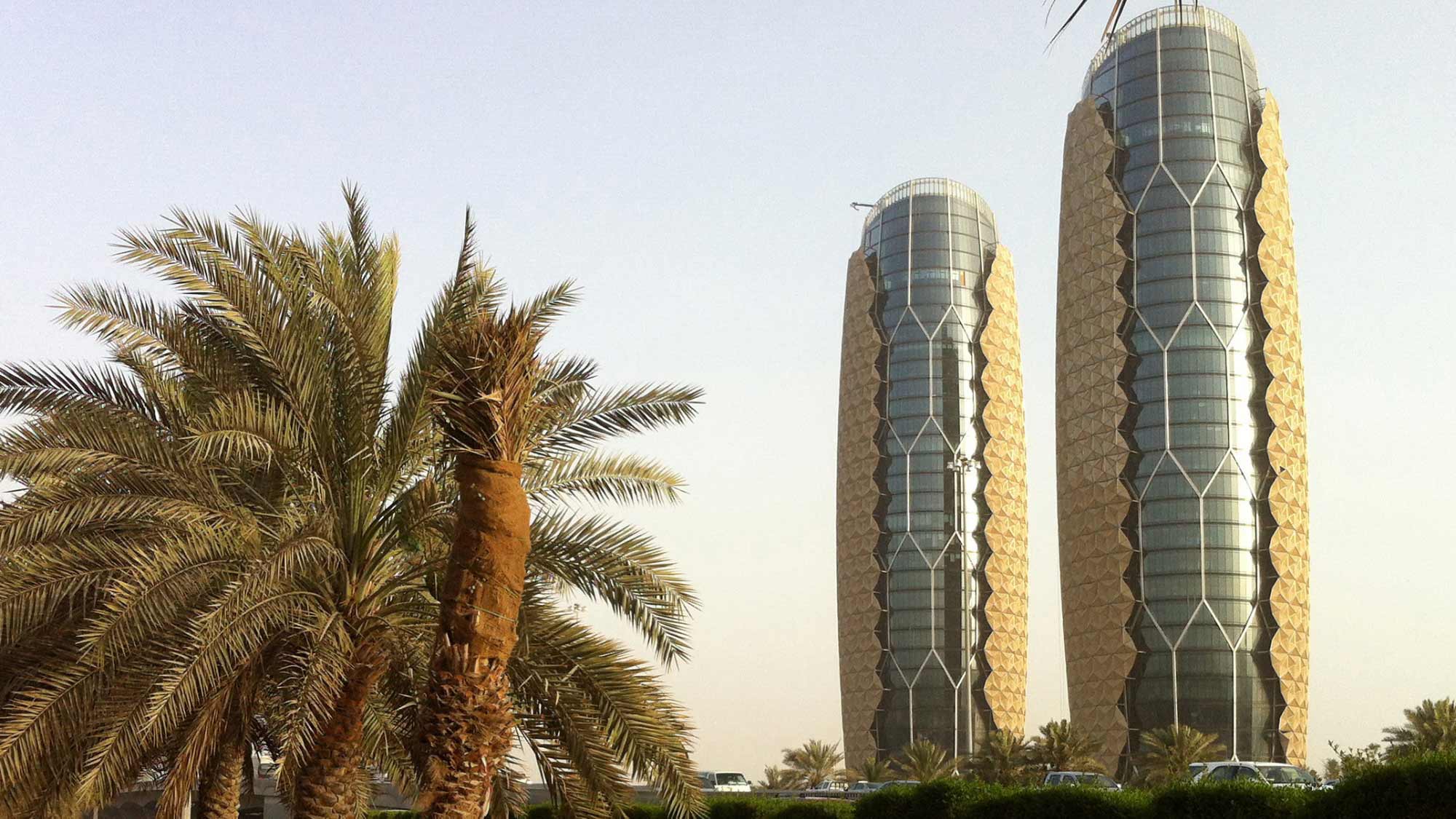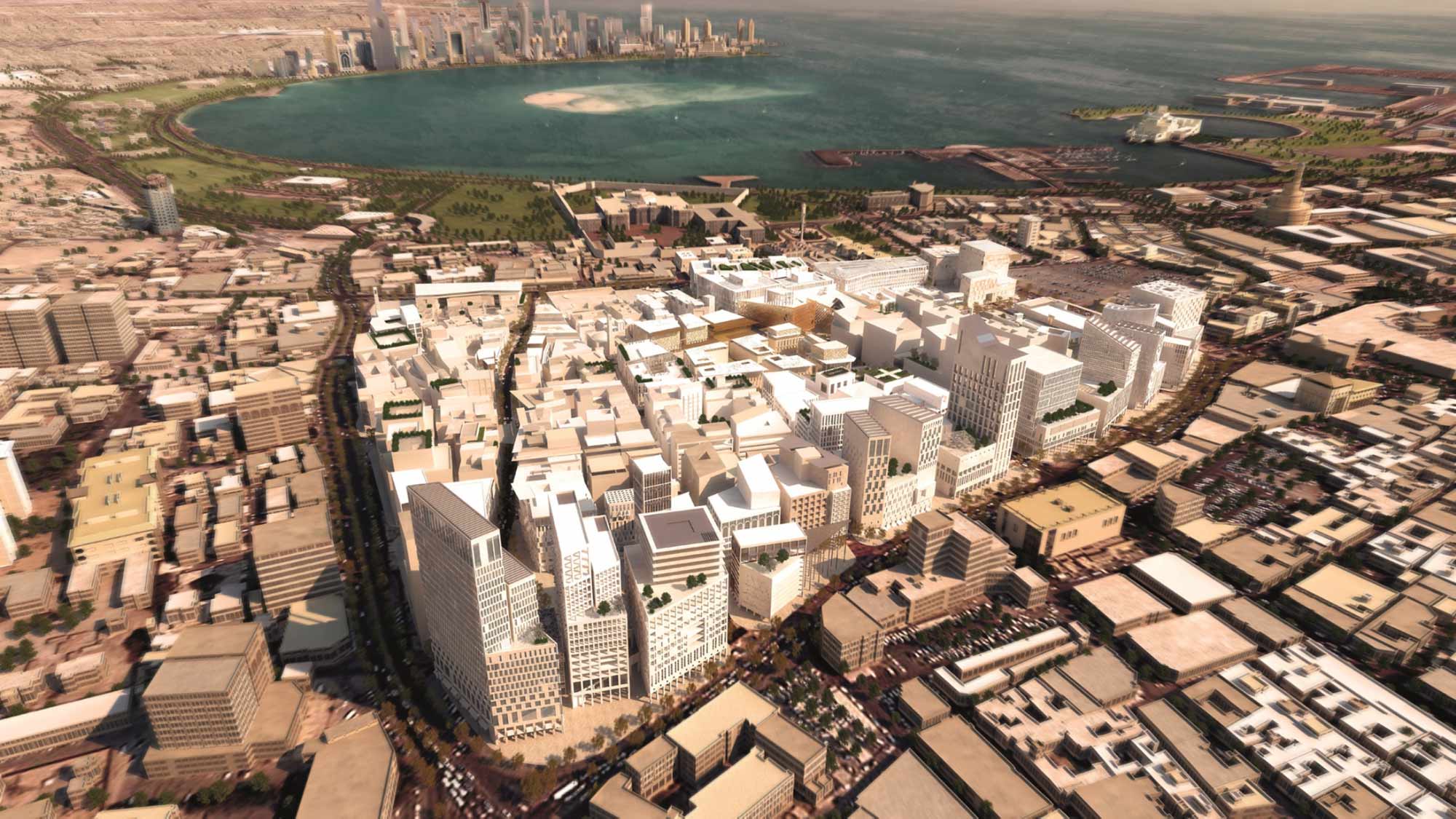 Kate Adlington
Global Press Office,London
Kate Adlington
Global Press Office,London
Arup is calling on arid cities to move on from a 1950s paradigm of city planning and design, or face becoming increasingly less habitable as they become drier. The report urges cities to learn from innovative developments around the world, such as industrial-scale fog and dew harvesting and cooling pavements that can reduce ambient temperatures by up to 7 degrees.
Almost a third of the world’s land surface is classified as ‘arid’ and this area is set to increase as climate change brings more frequent, extreme weather events, such as drought. The authors warn that technologies of the last century, such as air conditioning, have allowed the explosive but unsustainable growth of arid cities. At the same time many cities are experiencing the Urban Heat Island Effect, where they become hotter than the surrounding rural areas. This is particularly impacting arid cities, increasing water use and reducing their ability to sustain existing standards of living.



